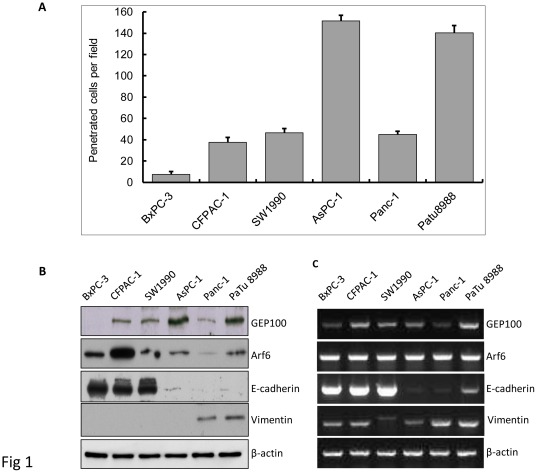Figure 1. GEP100 expression correlates closely with pancreatic cancer cell invasive ability.
(A) Invasive abilities of a panel of 6 pancreatic cancer cell lines were analyzed by Matrigel invasion assay for 24 hours. AsPc-1 and PaTu8988 showed high invasive abilities. (B) Western blot analysis of the expression of GEP100, Arf6, E-cadherin and vimentin protein in different cell lines. AsPc-1 and PaTu8988 showed the strongest expression of GEP100 protein, followed by SW1990, CFPAC-1, Panc-1 and BxPC-3, demonstrating a close relationship between GEP100 expression level and cell invasive ability. No obvious relationship between the expression of Arf6 protein and invasive ability was detected. E-cadherin expression could easily be detected in the low-invasive cell lines, but only a very weak expression was detected in the highly-invasive cell lines. Vimentin was expressed in the highly-invasive cell lines. (C) RT-PCR analysis of the expression of GEP100, Arf6, E-cadherin and vimentin mRNA. The expression of GEP100 mRNA could be detected in all the six cell lines and no obvious correlation with the invasive ability was found. This was the same case for Arf6 and vimentin mRNA. E-cadherin mRNA showed a close association with the invasive ability of different cell lines. β-actin mRNA was used as a control.

